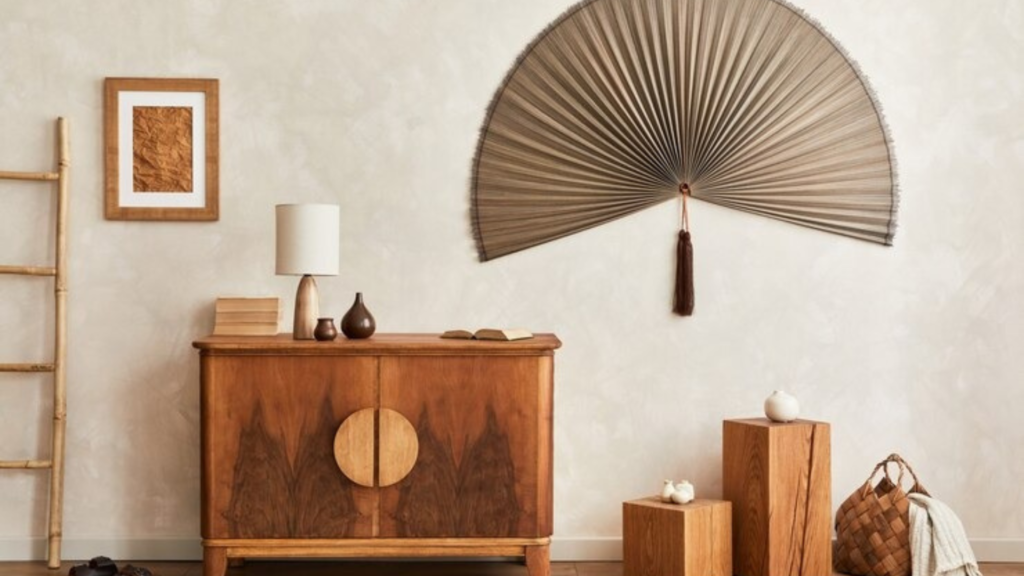Japandi Style Where Japanese and Scandinavian Aesthetics Meet
Japandi Style Where Japanese. Japanandi is the trend in decoration, and designers of the era draw on its origins to create relaxing and charming atmospheres. It's a style fueled by a beauty based on simplicity and that combines the best of Japanese and Scandinavian styles. But what does this trendy decoration boil down to, Japandi fashion preserves Japanese design's attention to form and respect for nature. From Nordic aesthetics, Japandi decoration retains its minimalist vision, appreciation for simple lines, and the belief that the essential is the most beautiful.
The Origin and History of the Japandi Style

These Japanese premises, which can seen in contemporary Danish ceramics, furniture, and architectural materials, were fused with the well-known Danish hygge lifestyle, which seeks happiness through a harmonious, welcoming, and comforting environment. Through its characteristic denim trends, japandi continues to strive for elements that are not only functional but also easy to use, with clean lines. Light-colored, lightly crafted wood, neutral colors, and a few popping colors that blend seamlessly without disrupting the harmony this style seeks to maintain are just a few of the demands we have for converting such a space into our home.
Awakening from the clutter, you won't see a meaningless ornament, and plants are necessary to introduce the tranquility of your own nature. I invite you to immerse yourself head to toe in this type of decor that seeks to create tranquil spaces in your home without sacrificing a warm atmosphere. A climbing vine, a ficus. They're all your rooms need to infused with color. Don't forget that quality, not quantity, matters here. We don't need a wild corner, but rather a single plant (like the strelitzia, a trendy plant in decor) that stands out among the rest of the decor without losing its simplicity.
Japandi Style Where Japanese: Relevance of the Japandi Style in 2024

On urban terraces, we also have the Japandi style, in which nature can be utilitarian, achieving intimacy and enveloping the environment in an aura of tranquility. If you're looking to create a space in your home inspired by this decor trend, here are the essential formulas for a successful outcome. The Japandi style favors natural elements, so we'll appreciate furniture made of untreated light woods, armchairs made of natural fibers, fabrics such as linen and cotton, and purist decor in ceramics, stone, or artisanal bamboo.
But without a doubt, wood in its lighter shades oak, beech, pine is the queen of any japandi setting, remember that. This minimalist look doesn't take away from the freshness, but without any squint. The touch of green is necessary to achieve the harmony we're looking for, which is why you won't have seen multicolored flowers in japandi style living rooms and bedrooms. The key to this minimalism is neutral colors. The pillowcases are beige, white, or gray, with soft touches of color, preferably in cool pastel tones. This ensures the unity of this style.
Japandi Style Where Japanese: How do Identify the Japandi Style?

This achieved from the large to the small. White walls and floors, light wood furniture, gray, or beige, sand-colored fabrics, and ornaments with a touch of color. The furniture supports dark colors, like the decor of more traditional Japanese homes. This doesn't rule out a pastel green wall or a colorful painting, as long as the frame maintains the desired simplicity. Just because we don't go for over-the-top doesn't mean these spaces won't have personality you just need to know how to choose it. We opted for elements of nature, glass vases, and porcelain bowls.
In this sense, we greatly admire the Kintsugi technique, a very ancient Japanese technique for repairing broken objects, joining the pieces together with a mixture of resin and gold dust. This revalues the philosophy that speaks of the beauty of imperfection. Despite its choice of discretion, this trend also allows you to play with the contrasts between the different neutral tones of a decor. For example, in this kitchen we present here, darker wood tones were chosen than those used in bulky pieces like the island.
Conclusion

Comments
Post a Comment